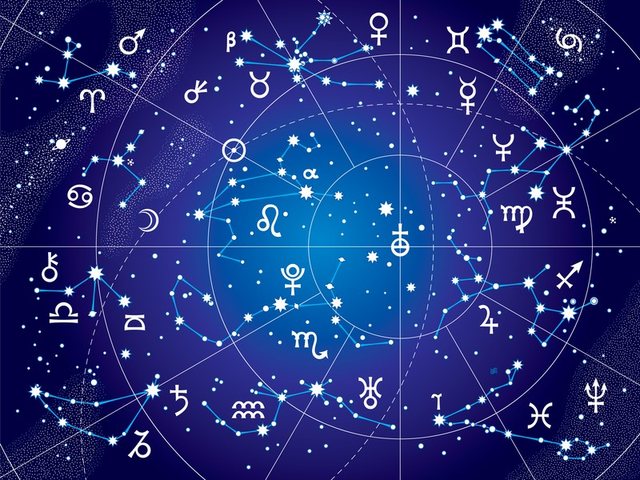
A horoscope is a map of the zodiacal circle with the Earth in the center. The upper part of the circle represents the Sun at its highest point during the day and its left and right are the eastern and western horizons.
Your horoscope shows the relative positions of the Sun, Moon, Planets, and stars at a specific time and place of choice (eg date, time, and location of your birth). Astrologers do not use "time of day". Rather, they measure it as "sidereal" time, as measured by the position of the sun in the spring equinox.
After selecting the date and time and calculating both the sider time and the known location, the astrologer consults an astronomical ephemeris (a chart listing the locations of the Sun, Moon, Planets, and constellations at any given time) to build the chart.

While all of this was tedious and demanding, software has made it extremely easy. The science of building a sketch, however, is just the first step. Proper interpretation of the sketch is both an art and a science. Properly made, it reveals personality insights and current trends, and should only be trusted by a trained and accredited astrologer.
Astrology: Fact or Fiction?
Interest in astrology has continued for centuries, occasionally falling out of favor, but always recovering. Today, with practitioners in almost every country, the popularity of astrology is stronger than ever.

Some may regard astrology as superstitious nonsense and without scientific basis. Others acknowledge the gravitational forces exerted on our planets by the Sun and the Moon and conclude that the planets have similar powers that can be sketched through astrology. Still others maintain that the symbolism of astrology can provide a deeper understanding of self and events. The ancient civilizations are gone, but their gift for astrology survives. If it did not work, it would have long ago taken its place alongside them in the notes of history. We welcome you on your exciting and rewarding journey as you continue to explore astrology, the oldest science!
Source: AFA





